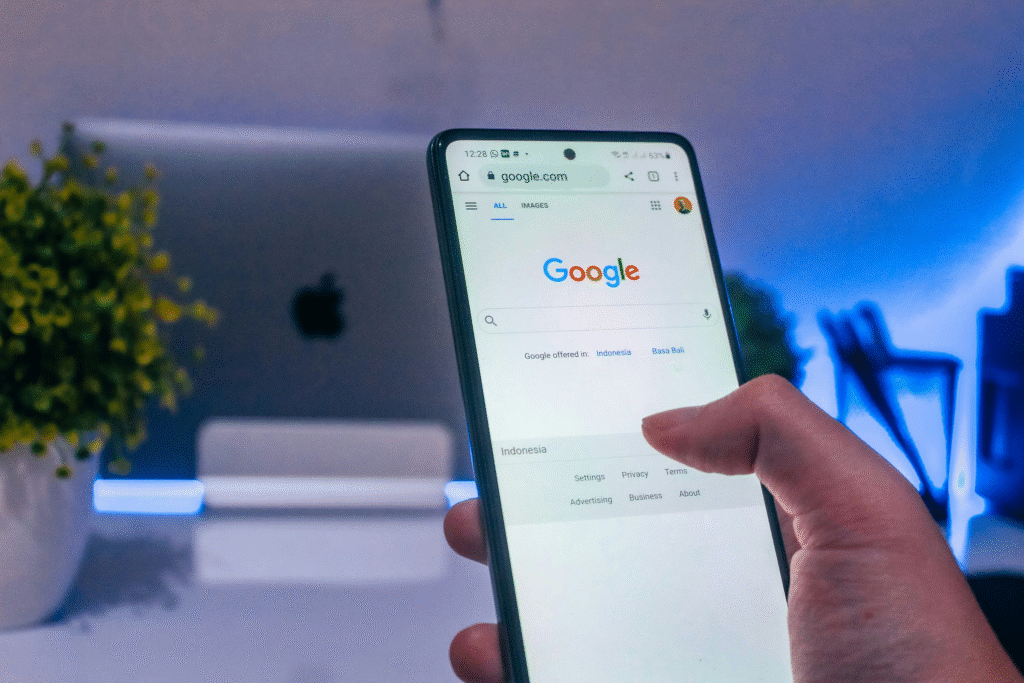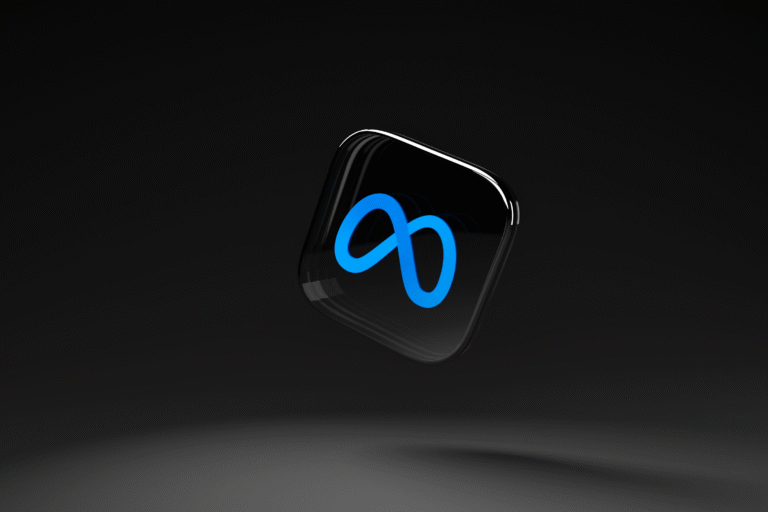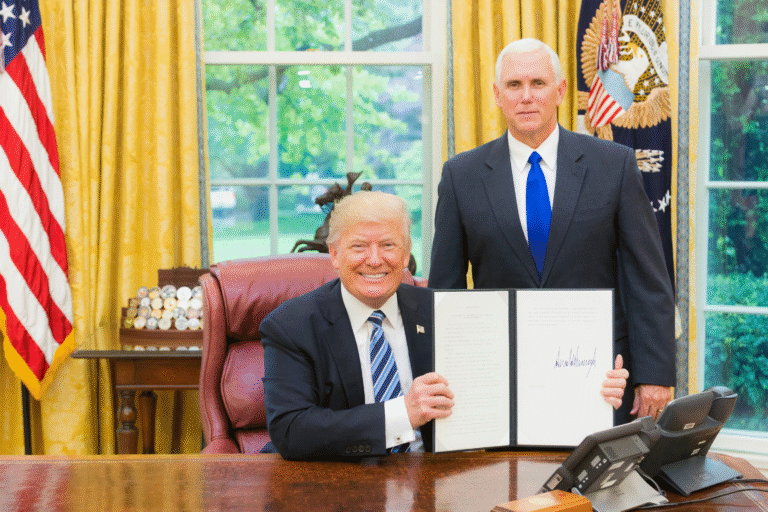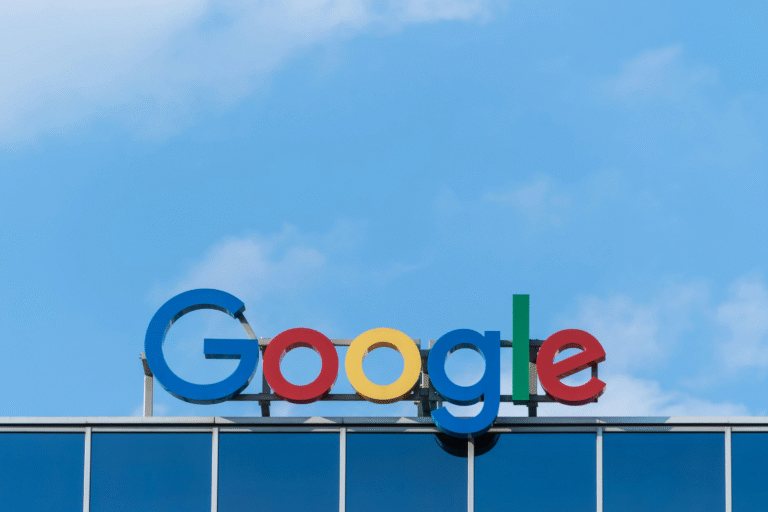As the long-running antitrust case against Google reaches its climax, the internet giant is getting ready for one of the most important defenses in its history. What started as a general political wave of criticism of big Silicon Valley companies has turned into a focused legal dispute that might change the way Google does business with advertisers. The upcoming ruling is more than just a legal test for a firm that relies on its ad technology; it is also a chance to think about how much power one platform should have over the digital economy.
On Friday, Google will make its last arguments in federal court. It hopes to avoid what it has always fought against: splitting up its advertising technology divisions. The Department of Justice, with the help of a group of states, thinks that only a structural fix would make the competition fair again. Google says that this kind of move would hurt not only the corporation, but also the whole internet advertising ecosystem, which relies on speedy, interconnected networks. There has been a lot of legal drama, expert testimony, and technical breakdowns over the past several months that have revealed how the ad industry really works.
This trial didn’t happen in a vacuum. It comes from a time in politics when lawmakers, regulators, and the public started to wonder if Big Tech had gotten too strong. During President Donald Trump’s first term and for years afterward, accusations of monopolistic behavior were a regular topic of discourse in the United States. A lot of corporations were closely watched, but Google was able to evade the worst effects. Up until now. The court is now in the last stage of this case, so the result is no longer a long way off. A single decision might change the way one of the biggest advertising engines in the world works.

U.S. District Court Judge Leonie Brinkema, who lives in Alexandria, Virginia, is in charge of the case. She has a lot of power because she is not only assessing if Google broke antitrust rules, but also what should do to fix the problem. In April, she made a big decision that said Google had two illegal monopolies in the ad tech sector. it conclusion changed the question from whether Google was in charge to what it meant for competition. The DOJ says that Google needs to do rid of its ad exchange, AdX, in order for competition to grow again. Many web publications use split-second auctions to sell ad space on this exchange. They often pay Google a 20% charge just to be part of the system.
The DOJ’s reasoning is simple: if Google owns the tools that people use to buy advertisements, the tools that people use to sell ads, and the marketplace where those ads are auctioned, then competitors would never have a fair shot to win. During the trial, lawyers for the government tried to show that Google would still have both the motivation and the technical ability to tilt the playing field, even if there were rules or restrictions on behavior. They were worried that without a forced divestment, Google could just come up with other, less obvious ways to hurt competitors, which would keep the market lopsided forever.
For eleven days in September, the arguments went on in great detail. Government attorneys pointed to internal emails and market conduct that they thought showed Google frequently putting itself in positions that made it harder for competitors to compete. Their framing made it seem like a system where new ideas could be stifled not because competitors didn’t have good ideas or skills, but because the main actor owned the infrastructure.
Google told a quite different story in response. Its lawyers stressed that breaking up the ad tech unit would be a very difficult and time-consuming task that may have a big effect on the whole digital advertising industry. They said that publishers, advertisers, and regular people might all feel the effects. Google says that their unified advertising system makes websites load faster, ad auctions run more smoothly, and companies reach customers more quickly. The corporation stated that breaking up these integrated systems could generate problems that would take years to fix.
The truth is that digital advertising is the main source of income for a lot of the modern internet, even while these legal debates are going on. When a webpage loads and an ad shows up, a sequence of automatic choices decide who buys that space and how much it costs. Google plays a big part in this process, and for many smaller publications, its products are not just helpful—they are necessary. This reliance is one of the things that makes the situation so complicated. Taking away a big part of the system could give competitors a chance, but it could also make things harder for people who depend on the dependability of Google’s goods.
The debate in the courts is similar to what people are talking about in the tech industry. How much centralization is too much? When does integration turn into control? And can innovation really thrive when one corporation runs systems that almost everyone uses? These questions are not just ideas. They have an impact on everything from how much small businesses have to pay for advertising to the money that keeps independent journalism going.
The mix of technical complexity and human judgment is what makes this case stand out. People, like judges, attorneys, publishers, and developers, have to figure out what fairness means, even though algorithms run the auctions. It’s not just about executing the law for Judge Brinkema; it’s also about thinking about what can happen to an industry that develops quicker than the rules can keep up. Once she decides if the breakup is required, it will have impacts on technology, media, and markets all across the world.











